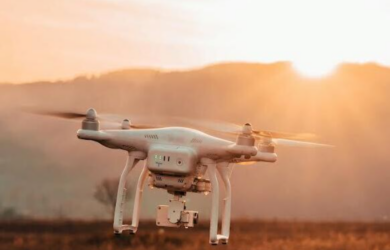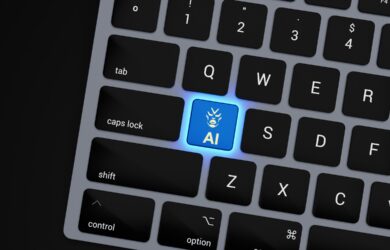Pradipta Biswas has written on his research into how elderly and disabled people can access healthcare via smart tvs for a parliamentary report.
A Gates alumnus has contributed to a Department of Health Report on Assistive Technology which was presented to the UK Parliament this month.
Pradipta Biswas wrote a section of the report on smart TV and its uses for healthcare.
Pradipta’s research focuses on improving access to online services, including digital TV, for the many older and disabled people have visual, auditory, speech or motor impairments.
Digital TV is becoming a means of accessing a range of applications in the areas of healthcare. However, design practices for developing TV-based applications can marginalise older and disabled people by not taking into account their impairments.
Many disabled people are already using online services and have developed preferred ways for viewing information on different devices. The aim of the research is to find out what these preferred ways are so that information can be offered automatically in that format, making browsing information online quicker and more enjoyable.
With funding from the EU FP7 programme, Pradipta and other researchers from the University of Cambridge and partners in the European Union, have developed the ‘Guide user simulator’ to help designers in visualising, understanding and measuring the effect of visual and mobility impairment in older people and how these impairments may change users’ perceptions of different designs. The project, which took place between February 2010 and January 2013, has also published guidelines on how to make digital TV more accessible to disabled people and a method for categorising the different formats preferred by disabled people.
The project team ran three phases of trials with older adults in the UK to evaluate their preferences in accessing services and compared their responses with those found by other European partners.
The project demonstrated that users can access digital services with ease using gestures, voice recognition, tablet computers and by using TV screen menus as well as using a manual remote control. A first prototype of the Guide simulation tool has been developed. Pradipta, who did a PhD in Computer Science [2006], says: “It allows developers to evaluate their designs in relation to various vision and motor impairments. This means that the developer can perceive the user interface as if they had vision impairments, and they can assess how an impaired person can interact with the user interface layout.”
More details here.












